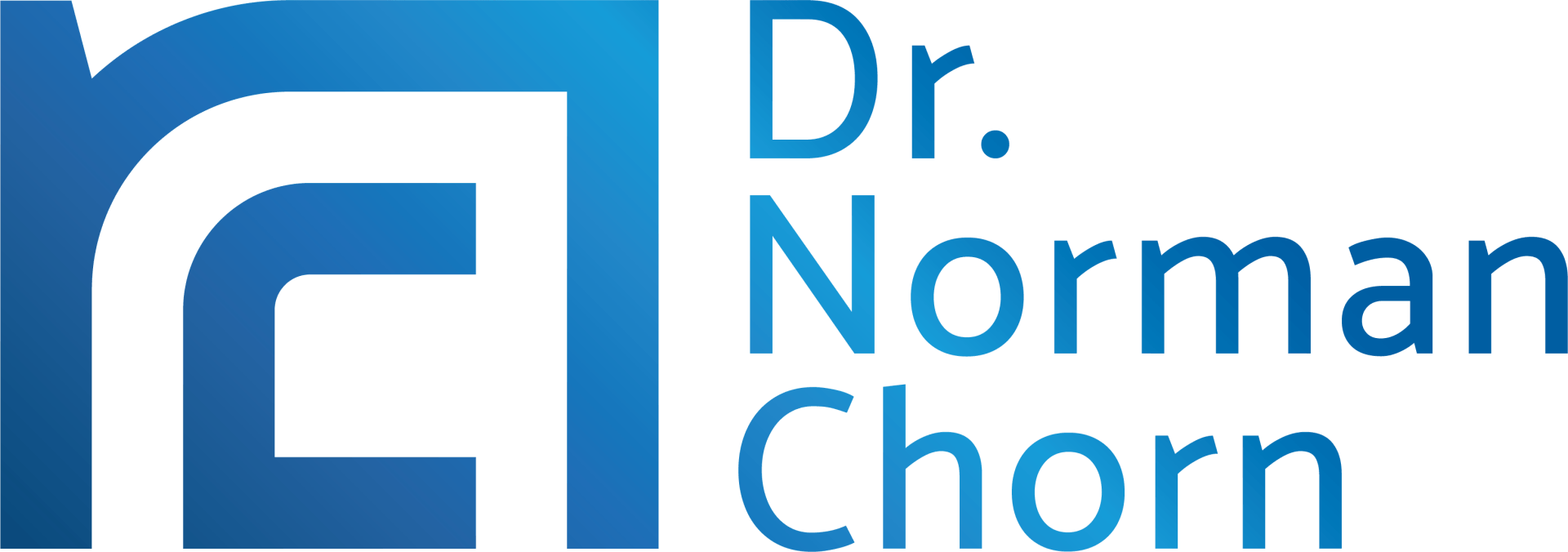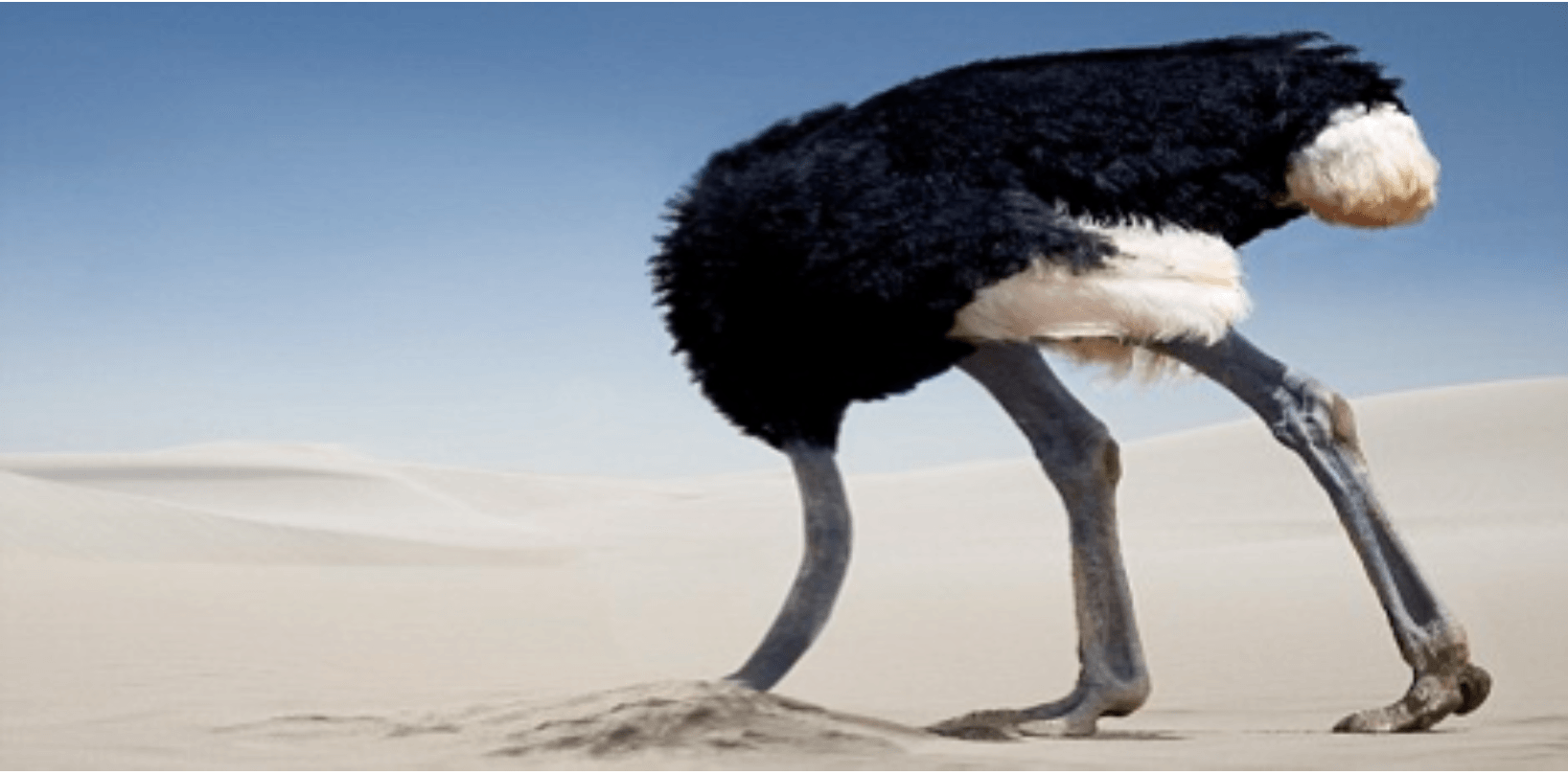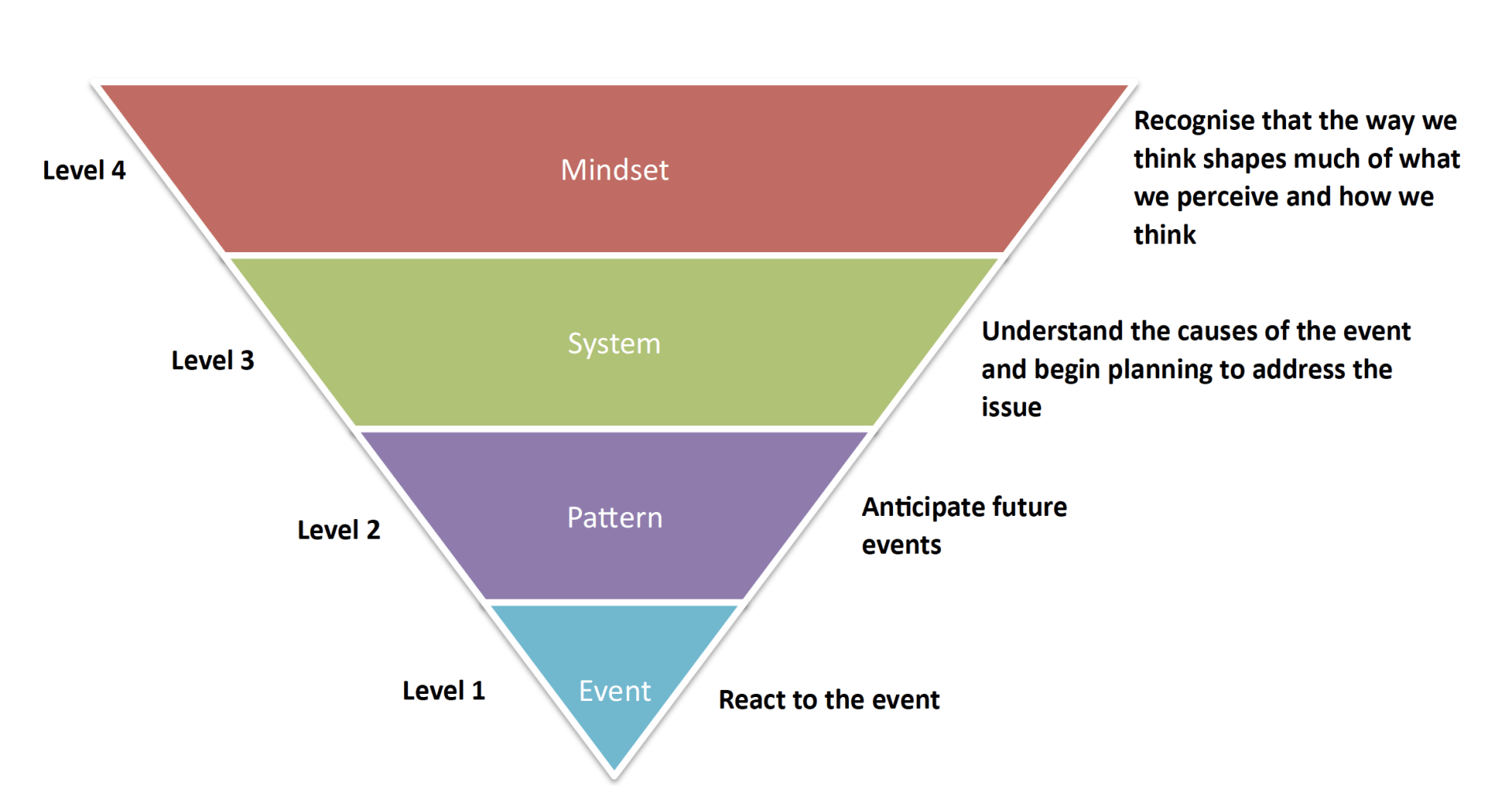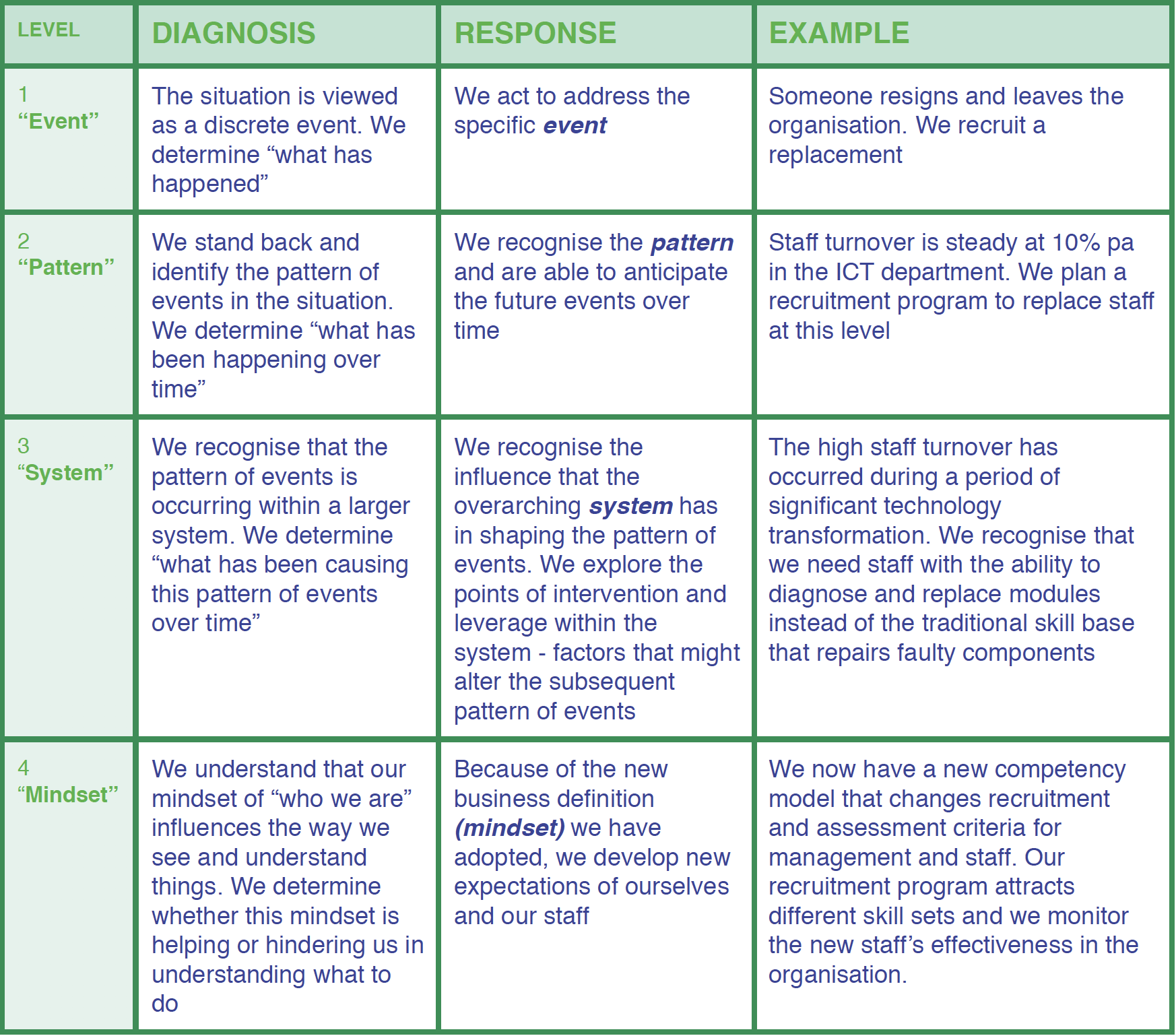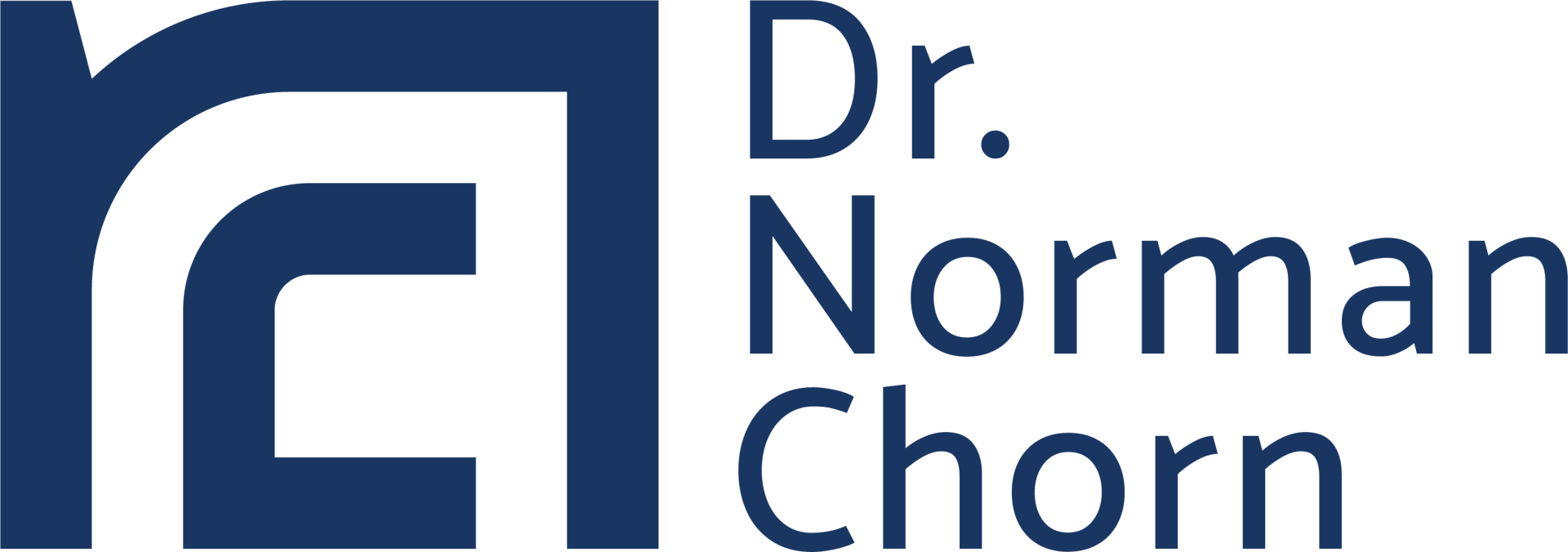I returned recently from a working holiday in Africa where I enjoyed some time at a well-know game farm. I was struck, in particular, by the ostrich and elephant - and the myths that surround their behaviour in the wild. It reminded me of the difficulties and challenges we encounter in managing our complex organisations.
Of Ostriches And Elephants
Legend has it that the ostrich buries its head in the sand when confronted by an enemy or something it doesn’t want to face. This is often used as a metaphor for a leader who refuses to acknowledge a particular issue or situation. The reality is that the ostrich is actually seeking out ants in an ant-hill in order to weatherproof its feathers!
The common ant has a concentrate of formic acid that the ostrich uses to seal its feathers and improve its insulation. In terrain where ants are not plentiful, the ostrich will seek out ants by inserting its head directly into an anthill.
Rather than escaping reality, the ostrich is proactively seeking out the means to increase its resilience to the cold and wet environment in which it typically lives!
The elephant is subject to the myth that it is particularly destructive to its habitat by pushing over trees in order to feed on the young shoots generated by those felled trees. In reality, the elephant is creating space in often overcrowded bush and thereby allows new growth to occur more readily. The problem is that elephants like to wander over large distances each day and can therefore return to the newly grown vegetation in due course.
When their movement is restricted by artificial means (such as human-made fences and barriers), their natural tree-felling behaviour causes destruction in the restricted space. So, the real destructive agent is not the elephant, but the human who confines the elephant to an unnaturally small feeding ground.
It occurred to me that this was a good metaphor for many of the challenges we face as leaders in our modern, complex organisations. Things are often not what they seem to be at first glance. There is usually a bigger picture - an overarching context - that provides new meaning to situations. And importantly, this new meaning often means that the appropriate response is different to what was initially apparent.
The Detail is Important - But Not as Much as The Big Picture
As the two examples demonstrate, examining the detail will reveal useful information about the specific behaviour of the ostrich and elephant, but may fail to reveal WHY they behave in that way. In our fast-moving organisations, many challenges and issues arise on a daily basis. It is tempting to respond rapidly to these situations and “cross them off our to-do list”. After all, we don’t want to be accused of procrastinating and holding up progress!
But, the reality of any complex system is that behaviours and issues rarely occur independently of their context.
In my last two articles , I demonstrated how most knowledge-based organisations are complex adaptive systems. As a consequence, they display several characteristics that demonstrate the importance of understanding the big picture:
- “butterfly effect”
- changes in one part of the system inevitably impact on other parts of the system
- “systems integrity”
- because the whole is more than the sum of its parts, each element in the system cannot be understood by simply examining it in isolation
- “emergent order”
- when faced with changes in the environment, the system will develop new capabilities that allow it to adapt to these changes over time.
So, when we spontaneously respond to a new challenge in a certain way because we think we know what’s going on, or we believe it to be similar to other problems we have encountered, we could be making a mistake. As in the case of the ostrich and elephant, we may be misjudging the situation and taking entirely the wrong action.
Use Systems Thinking to Generate The Big Picture
Because organisational behaviour and issues occur within a specific context, the following model is useful to assist our thinking and diagnosis of these situations:
The model suggests that we can react to situations at four levels - each with a specific implication for the diagnosis and subsequent response.
So, at the simplest level (level 1), we simply react to what we see without considering the bigger picture. As we move up a level, we begin to see the overall pattern of events. Level 3, the systems level, allows us to understand some of the causes of the event, while level 4 recognises that we can influence the shape of events by our culture and the way we think.
Each time we “go up” a level, we are considering a “bigger” picture - thereby gaining a more complete understanding of the situation or challenge.
The table below demonstrates each of these levels and the way our diagnosis and response will change as a result.
Moving to Big Picture Thinking in Complex Organisations
By understanding the big picture when we are faced with a challenge or issue, we are more likely to diagnose the situation correctly and act appropriately. This way we can successfully see through the “management mirage” which so often clouds our thinking and action.
About the Author
Dr Norman Chorn is a highly experienced business strategist helping organisations and individuals be resilient and adaptive for an uncertain future. Well known to many as the ‘business doctor’!
By integrating the principles of neuroscience with strategy and economics Norman achieves innovative approaches to achieve peak performance within organisations. He specialises in creating strategy for the rapidly changing and uncertain future and can help you and your organisation.
Subscribe to our regular articles, insights and thought leadership


